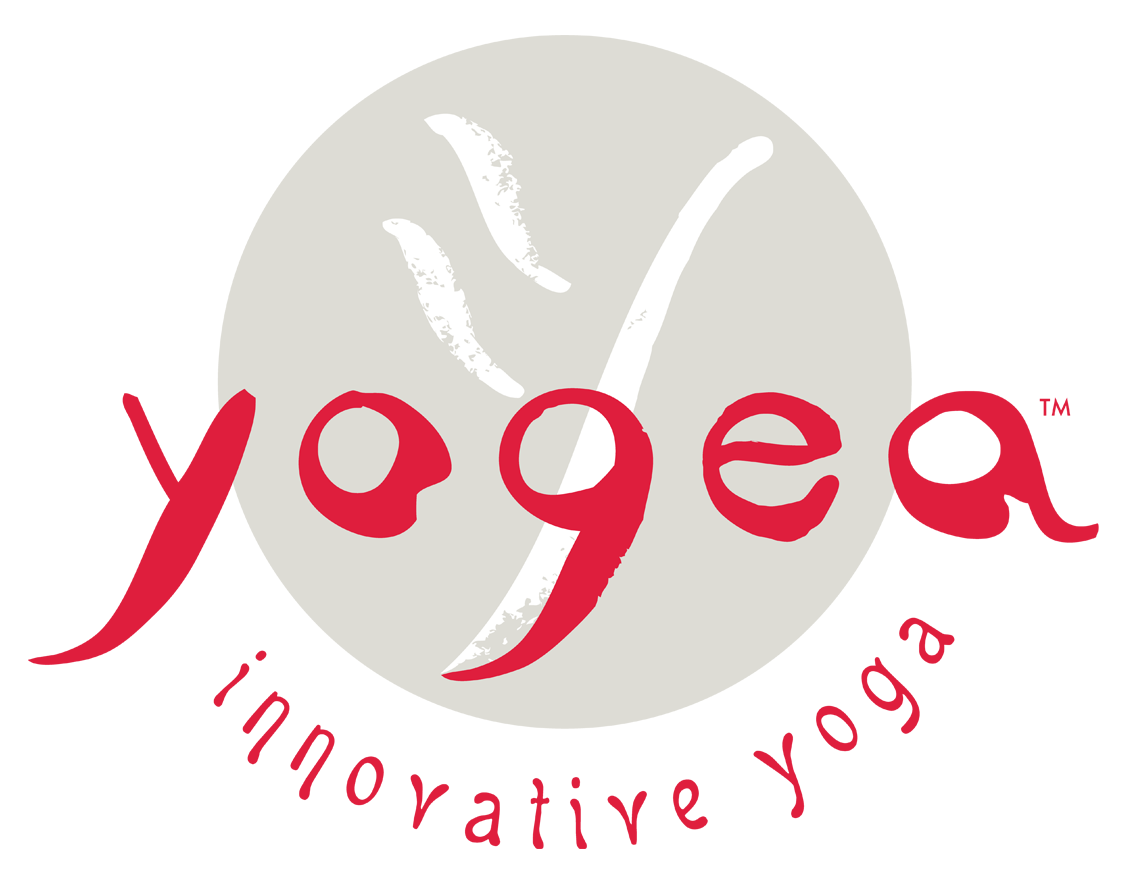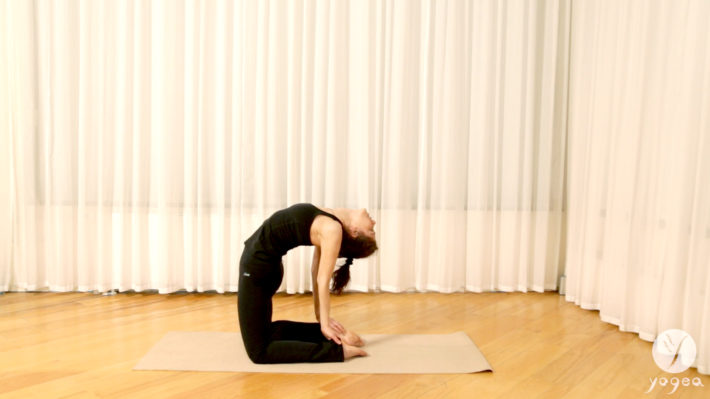Welcome to Yogea Asana Lab. This section features three backbends — Worm pose (Ashtanga Namaskara or Sanipasana); Camel pose (Ustrasana) and Bow pose (Danurasana). Backbends have an invigorating and energizing effect on the entire body as they open the thoracic spine, while stimulating the heart and solar plexus. Physically, backbends open the hips, strengthen and stretch the legs, as well as the lower back muscles. Other benefits include increasing the flow of blood, massaging the vital organs and glands as loosening the joints. Backbends cure depression and are the holistic alternative for heart patients. Backbends boost energy levels, relieve tensions stored in the muscles and release serotonin — the body’s natural pain-killers. Backbends have the power to teach us to become more patient with ourselves and to persevere with each task, harnessing our will, discipline and ability to take care of ourselves and others.
When performing backbends the lumbar spine should be lengthened, while arching through the thoracic spine. Worm pose (also known as knees-chest-chin) is used for warming up the spine when performing Sun Salutes. It opens the mid back, stimulates the thyroid, parathyroid and thymus glands and boosts the body’s natural immunity. The lower back is kept long while the navel slides to the chest and increases the arch in the mid back. The breathing should be regular and fluid. The second asana Camel Pose is a deep backbend, that opens the heart, stretches the psoas, the hips and quads. It relaxes the mind, stimulates the pancreatic and adrenal glands and cultivates a state of resilience and compassion. This pose benefits the circulatory, nervous, endocrine and the respiratory systems. The last pose — bow pose massages the abdominal muscles, opens the shoulders, chest, hips, and heart while increasing the vital flow of all the organs. It adds greater flexibility to the back while stimulating the reproductive organs and toning the leg and arm muscles. It relieves menstrual discomfort and constipation and helps fix kidney disorders. It is a great stress and fatigue buster. When performing shoulders should relax away from the ears, the thigh bones should be parallel, and if the bind is available the arching action should come from the thoracic spine, while elongating the lumbar and the cervical. As backbends are invigorating boosters they are best suited in the opening and middle parts of sequence.
Yogea Asana Lab is not a yoga routine and should be regarded solely as an educational platform to reinforce proper postural alignment and improve the quality of your practice. The approach is integrated as poses are grouped into different targeted categories. Each set of poses is demonstrated only on one side. The route of assuming poses and releasing through counter-poses is mapped clearly and slowly, allowing time for assimilation and grasping. The main objective is to guide you in and out of poses safely and smoothly, as well as to acquaint you with basic anatomical and energetic principles that weave the geometry of every asana. In turn, you will be able to perform the Yogea routines with clarity, precision and abandonment. As you follow the tips of proper alignment you will feel more stable, ready to deepen your practice and eager to transition gracefully from one stage to the next both on the mat and in life.


Leave a Reply